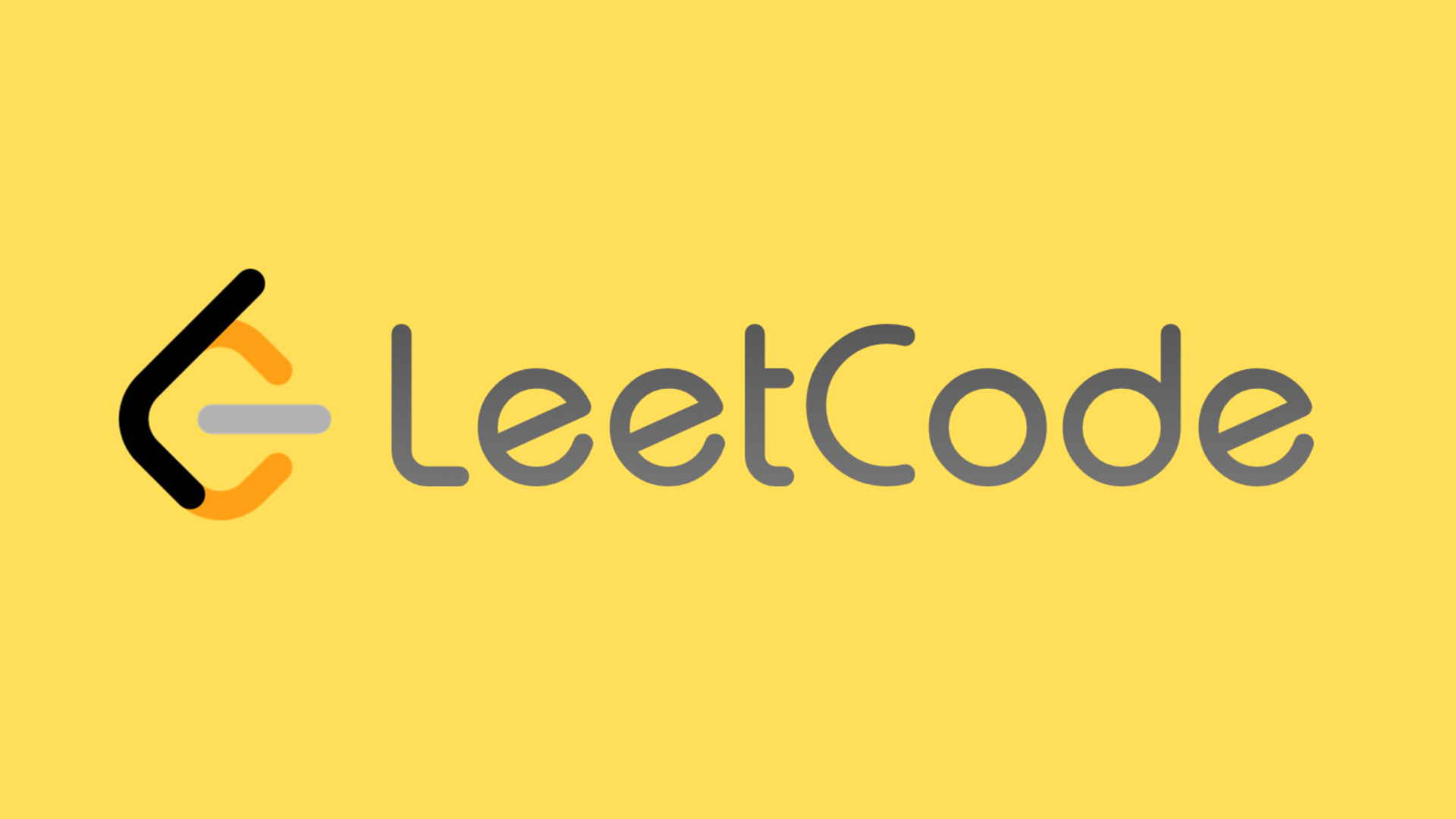1
2
3
4
5
6
7
8
9
10
11
12
13
14
15
16
17
18
19
20
21
22
23
24
25
26
27
28
29
30
31
32
33
34
35
36
|
class Solution
{
public:
int findMaximizedCapital(int k, int w, vector<int>& profits, vector<int>& capital)
{
int n = profits.size();
std::vector<std::pair<int, int>> projects;
// 将项目的启动资本和利润配对,并按启动资本排序
for (int i = 0; i < n; ++i)
projects.push_back({capital[i], profits[i]});
std::sort(projects.begin(), projects.end());
// 最大堆,用来存放前资本 w 可以启动的所有项目的利润
std::priority_queue<int> heap;
int i = 0;
// 完成最多 k 个项目
while (k--)
{
// 将所有可以启动的项目的利润加入堆
while (i < n && projects[i].first <= w)
heap.push(projects[i++].second);
// 如果堆为空,表示没有可用的项目,退出
if (heap.empty())
break;
// 从堆中选择利润最大的项目并完成
w += heap.top();
heap.pop();
}
return w;
}
};
|
